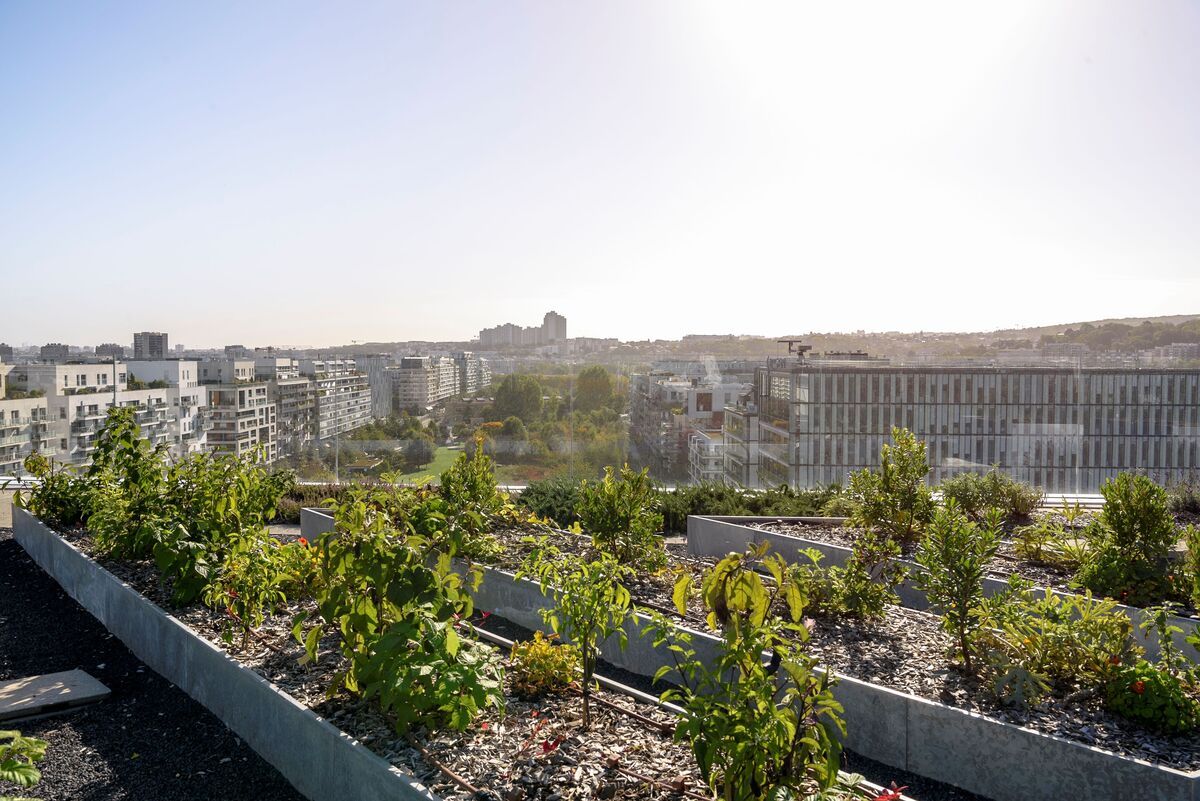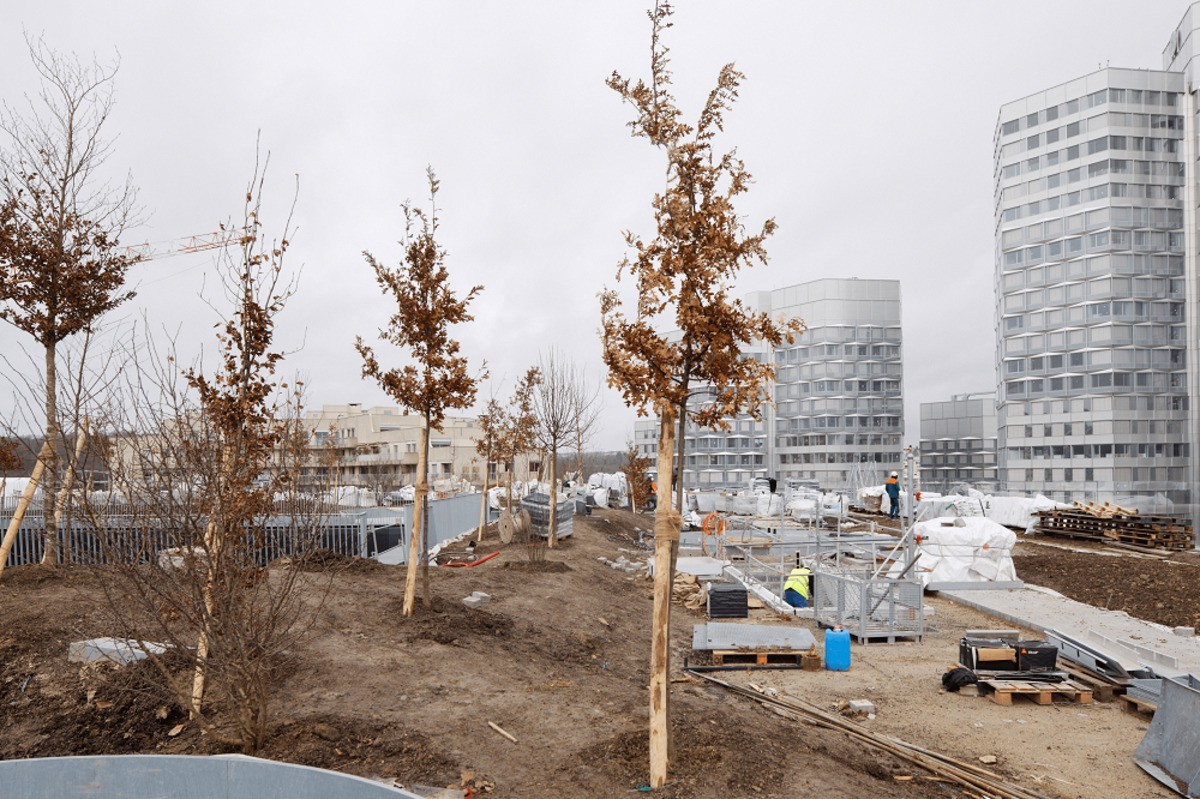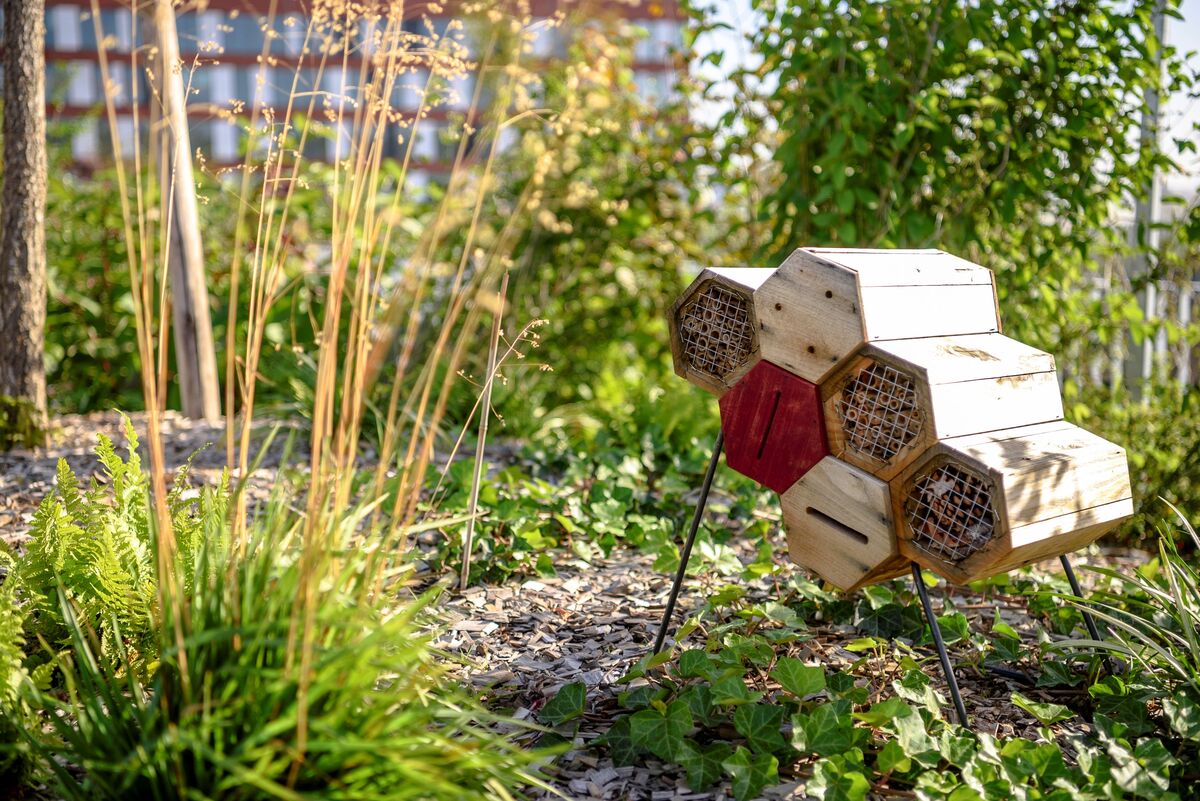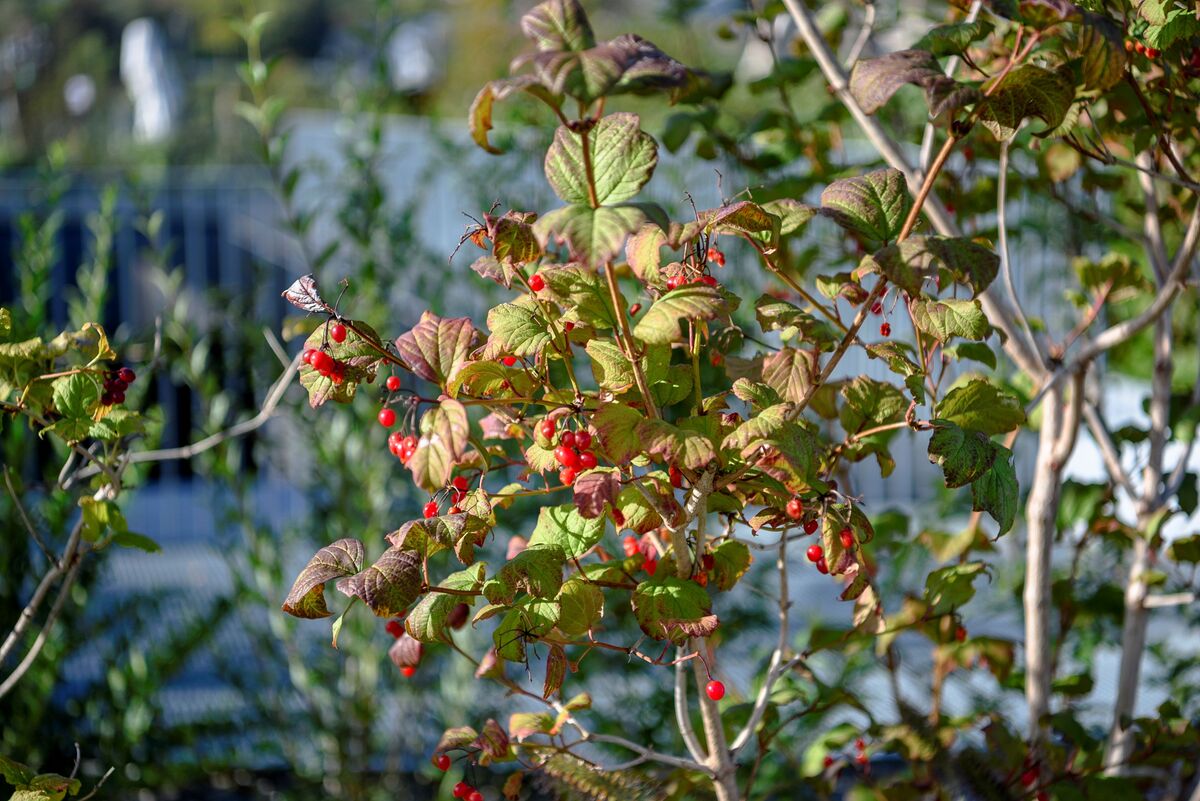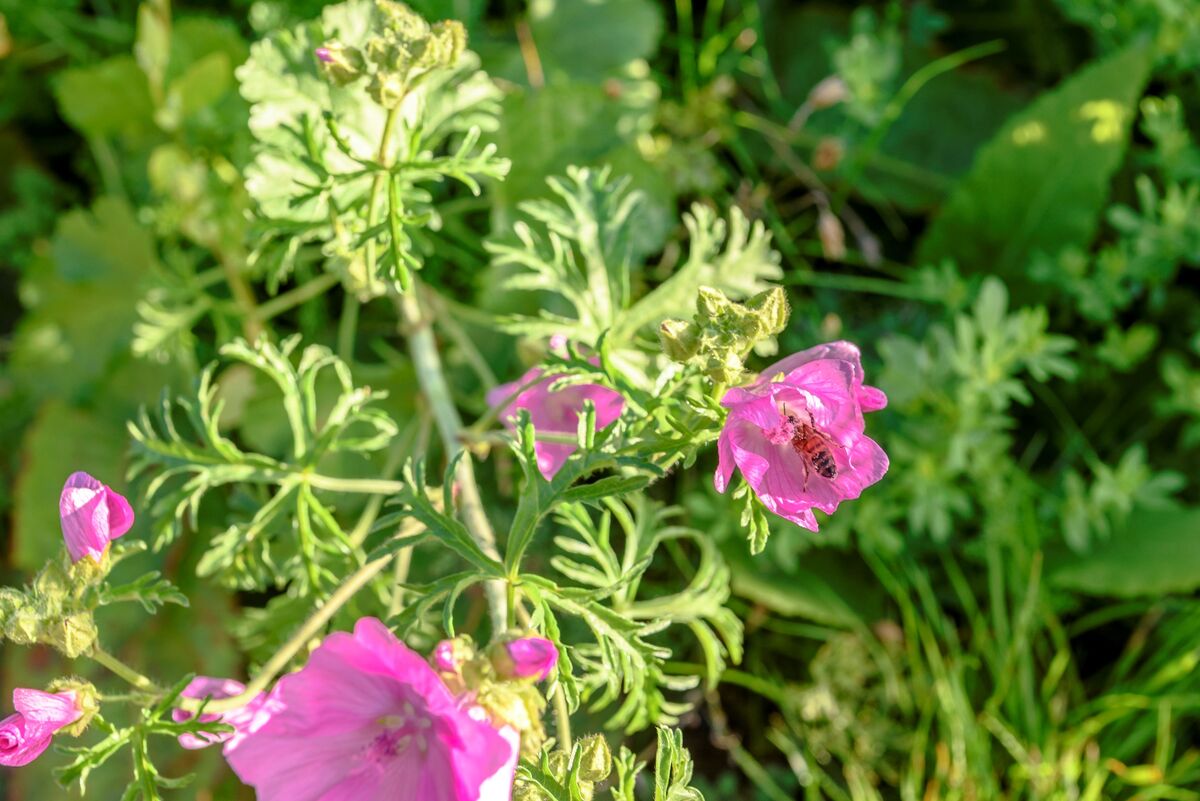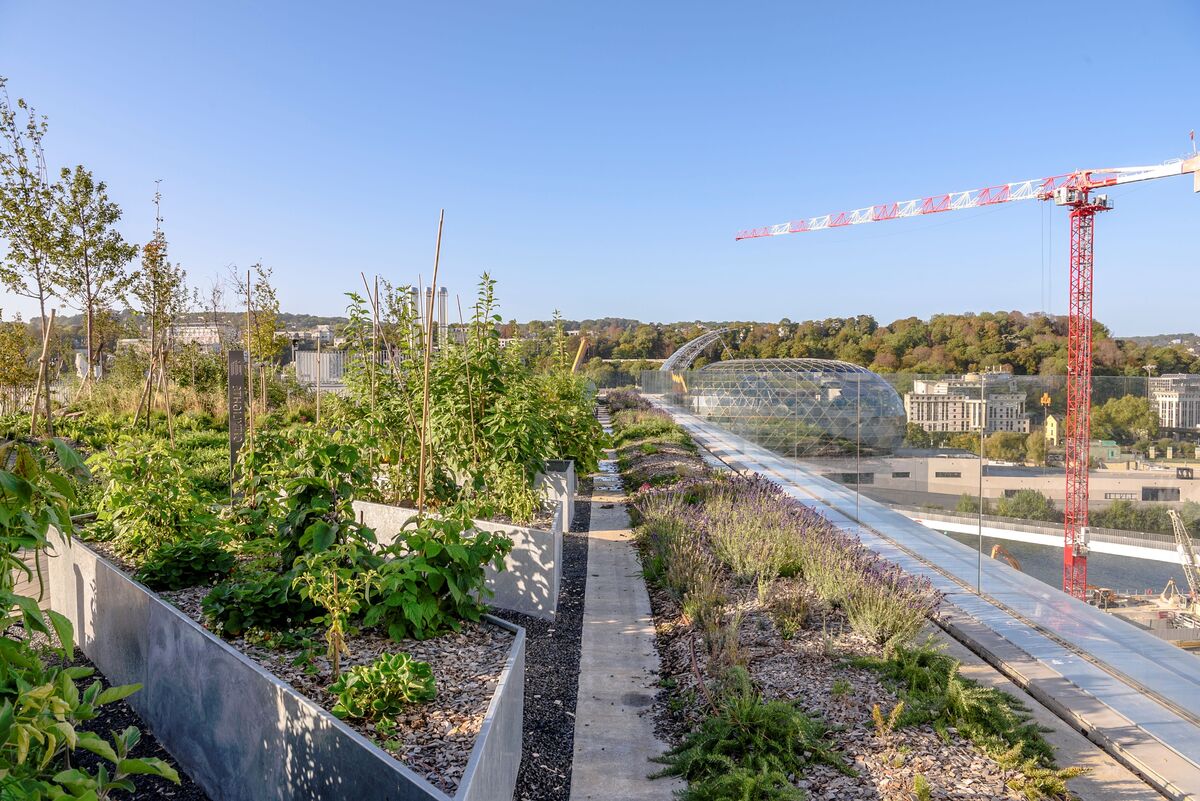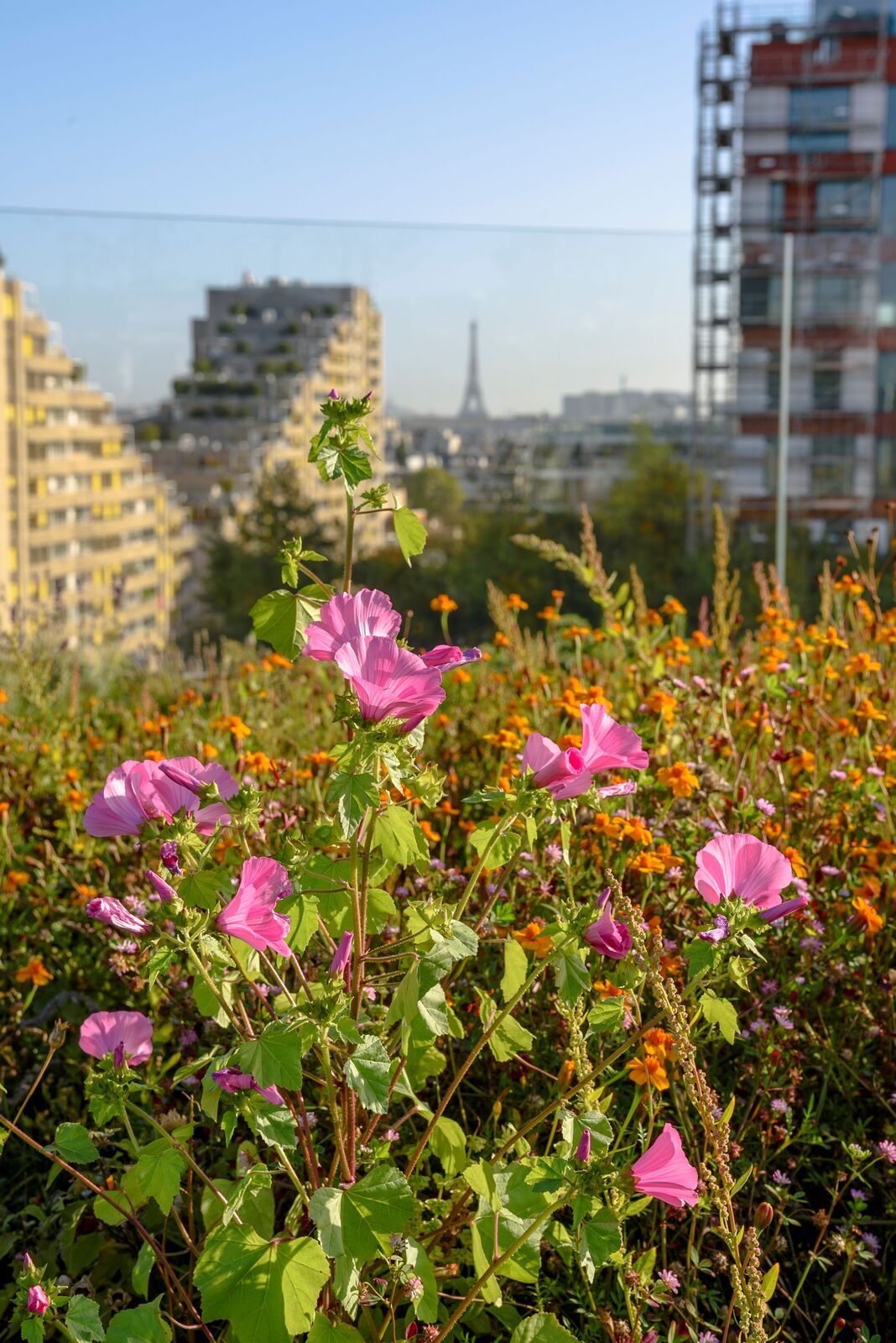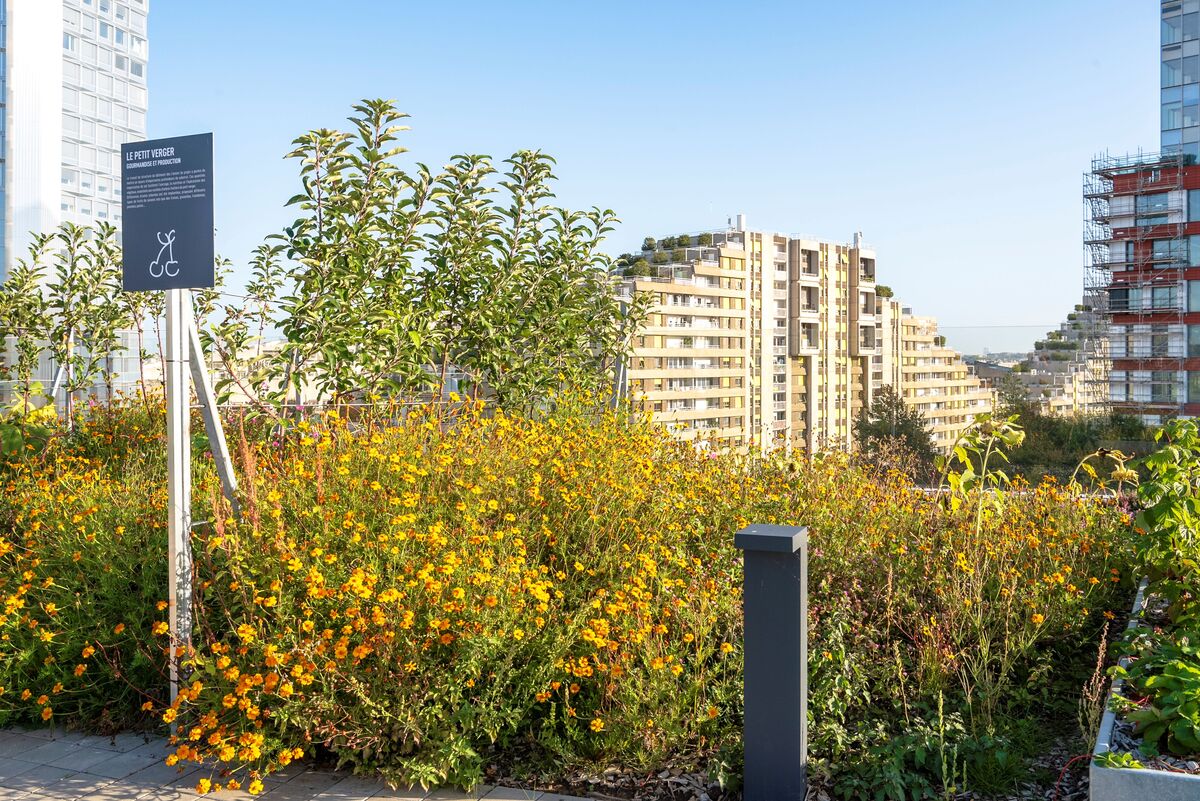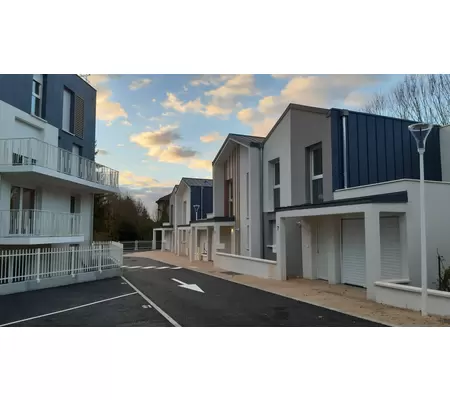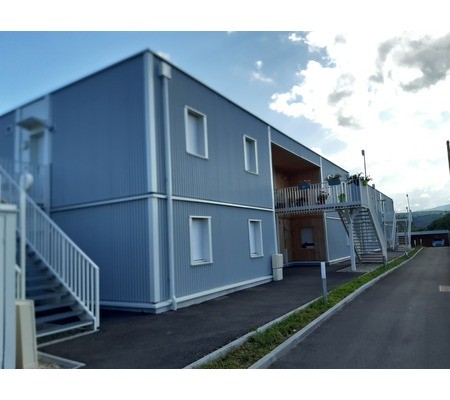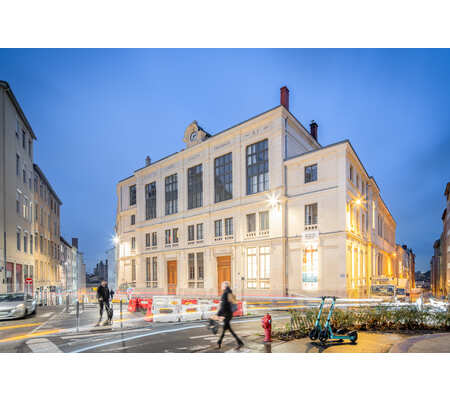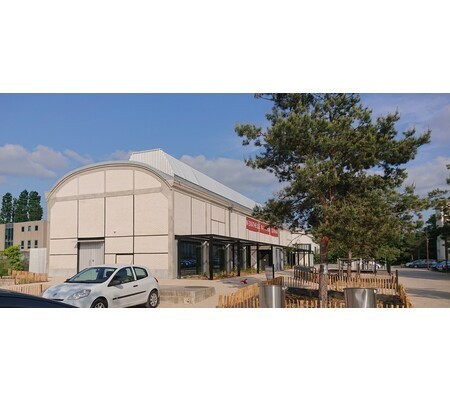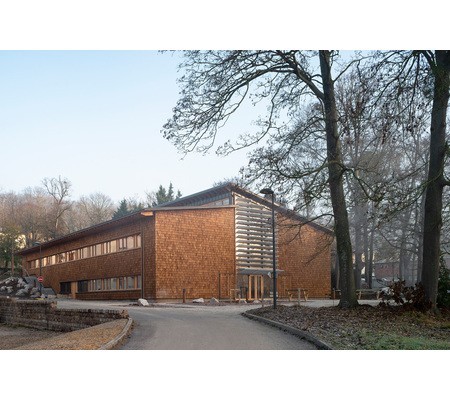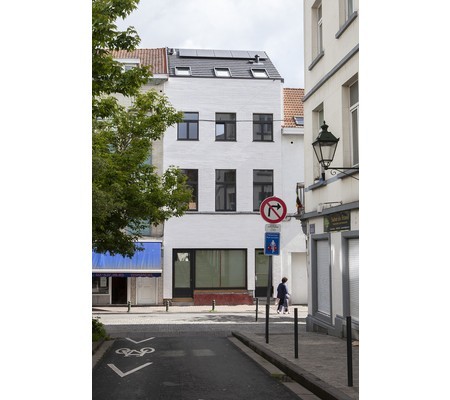Métal 57's green rooftop
Last modified by the author on 17/03/2023 - 12:57
- Year of commitment : 2022
- Address 1 - street : Métal 57, 68 Quai Georges Gorse 92100 BOULOGNE-BILLANCOURT, France
- Diameter : 3500
- Water cycle : Containment
- Biodiversity & Ecosystems : / Urban agriculture, Urban ecosystem, Roof Agriculture, Vertical Farm, Green roof, Green and blue corridor, Environment education /
-
6 500 000 €
Biodiversity is, along with climate change, one of the major environmental challenges we face. [...] By promoting buildings that radiate out into their natural and human environments, they act as a relay for the area's biodiversity while enhancing the value of use for occupants.
This green rooftop project, located on the roof of the new BNP PARIBAS Real Estate (BNPP RE) headquarters, is not only a place to relax and stroll, but also a real demonstrator of the group's know-how and commitment to biodiversity. In addition to hosting the company's activities, this building aims to show BNPP RE's business lines and clients the best practices in terms of greening a building.
Right from the design phase of the building, the major issues related to biodiversity were taken into account:
- Restoring the essential link between human beings and nature in order to promote biodiversity and the well-being of future users
- Sharing and valorization of culture and know-how
- Creation of a construction designed not to have a negative impact
For several years now, BNPP RE has been implementing a positive and concrete approach in all its projects, which aims to re-establish a balanced and harmonious relationship with urban ecosystems.
A place of experimentation on culture in the city
This infrastructure is ideally located in the heart of the rich natural environment of the banks of the Seine and the wooded areas of the Meudon forest and the Bois de Boulogne, but also in a network of parks and private gardens. This strategic location, surrounded by green areas, offers a framework conducive to the propagation of life and biodiversity, in which the rooftop must fit and play a role.
This green roof is an opportunity to test new urban agriculture practices. Indeed, the spaces and cultures planned are very diversified. They are composed of productive spaces (with notably perpetual vegetables), fruit production and beehives. Finding new crop associations can be interesting. It is also an opportunity to try to grow some forgotten vegetables, to cultivate urban waste and, finally, it will allow to measure the impacts of rooftop agriculture.
The latter has multiple benefits. First, the environment is preserved, but that's not all. This installation captures particles in the air and reduces heat islands, as well as retaining rainwater, which greatly improves the comfort of city dwellers.
Preserving biodiversity in the building
A sanctuary zone
Of the 3500 m² dedicated to the rooftop, nearly 2500 m² will be covered by a central interior zone. This zone has been designed as a biodiversity reservoir. The surrounding fauna, as well as insects and birds, will be able to use this space for nesting and feeding. This refuge zone has been designed to function naturally, and will not be accessible to employees. The plant palette will be adapted to the soil and climate of the Ile-de-France region, and will be composed mainly of local, resistant and persistent species.
An infrastructure for the well-being of wildlife
In addition to the spaces created, the building's rooftop has been designed with the preservation of animal species in mind. Thus, specific devices have been put in place to reduce the risk of avian collision with the building's glass facades. For example, the rooftop railing is equipped with a special film that is visible to birds but virtually undetectable to the human eye. In addition, the positioning of the light sources, their programming and the choice of devices limiting light pollution minimize the impact on wildlife:
- the orientation of the luminaires and the height of the masts: the project is equipped with mini spotlights on poles reflecting the light downwards;
- the number of luminaires: the luminaires are positioned only along the pathways and on the terraces, optimizing the space between the luminaires;
- the duration of lighting: all lighting is controlled with a clock or twilight detector;
- the lit exterior flooring is non-reflective (wood decking, planted concrete paving and Japanese steps).
Urban agriculture based on ecological principles
In the continuity of the former BNPP RE headquarters located in Issy-les-Moulineaux, where an urban farm was installed, this roof terrace leaves a significant place to urban agriculture. It will not only have a vegetable garden, but also a flower meadow, an orchard and an aromatic garden.
The vertical vegetable garden
This garden is easily accessible to encourage contact and exchange. All the crops are planted on raised metal trays called voliges, which keep the soil in place and facilitate maintenance. The latter will be cultivated according to the principles of rotation and association of crops, which limit the risks of disease and proliferation of pests. But that's not all: to reinforce the diversity within the garden, it will be split in two. It will be composed of a gourmet garden and a garden of old and perpetual vegetables, in which more unknown varieties will be planted. Everyone will be able to participate in the cultivation of the vegetables during animations. The annual production should reach 1300 kilos of vegetables on the 235 m² that constitute these plots.
The flower meadow and the orchard
In order to have a changing and flowering landscape as long as possible during the year, the numerous plant species that cover this meadow have been chosen for their different flowering periods. This provides a visual amenity coupled with a contribution to insects, which will come to pollinate these plants. One of the many advantages is that many of these flowers are edible: either in the form of infusions or in the form of dishes. A production of 14 kilos of edible flowers per year is expected. Finally, the orchard is composed of apple trees, pear trees, but also red fruits for an annual harvest of 360 kilos of fruits.
The aromatic garden
Always in a local and fresh production approach, this garden is home to well-known aromatic herbs, such as mint, oregano, laurel or tarragon, as well as other lesser known ones. This production will be used in a short circuit, in the RIE (inter-company restaurant) and in some of the catering areas on the first floor. It is also planned that these herbs will be used by the restaurants on the street and by Arpège for use in their dishes. In total, a harvest of 117 kilos per year is expected, for over 25 species of aromatics present on the rooftop.
A living space and an awareness zone
As mentioned earlier, the idea behind this infrastructure is also to share know-how, to reconnect with nature, and to raise awareness of biodiversity issues among employees. This is why different animation offers have been set up such as workshops led by Peas&Love or Merci Raymond. Various topics will be covered: learning to cook certain vegetables, preparing herbal teas, gardening (cuttings, sowing and planting, etc.) for about ten events per year. In addition, to complete and reinforce the know-how, planting workshops of one hour, for example, should be organized at lunch time.
For those who do not wish to participate in manual activities, but are still interested, conferences on the theme of culture/nature in the city will be held. Finally, in order to discover the richness and exemplary nature of this rooftop, visits open to outsiders will be organized: Boulogne schools, retirement homes, but also clients and partners.
Progress Status
Delivered
Data Reliability
Self-declared
Funding Type
Private
Website Enterprise / Infrastructure
https://metal57.realestate.bnpparibas/biodiversite/https://www.realestate.bnpparibas.fr/fr/actualites-enquetes/metal-57-une-labellisation-biodivercity-construction
Sustainable Development
- the installation of spaces and furniture designed for the quality of life at work for users within the green spaces of the rooftop ;
- the choice of differentiated ecological management and regular monitoring of fauna and flora including monitoring of invasive and at-risk species ;
- the commitment to labeling the ecological management of green spaces ;
- actions such as naturalist monitoring or animations could be the subject of a long-term partnership with local actors ;
- the organization of communications and events presenting the project's biodiversity approach in order to raise awareness among various stakeholders, including future users ;
- the appointment and training of an internal biodiversity referent.
- The topography : the refuge area is not uniformly flat, the height of the substrate varies, with in some points up to 80 centimeters of soil intended to accommodate a variety of vegetation ;
- The vegetation programming : three vegetation strata have been planted, namely herbaceous, bushy and arboreal, i.e. about fifty different tree species in addition to a large number of ground plant species ;
- Places to welcome wildlife : birdhouses, drilled tree trunks, piles of dead wood, wetlands and sandpits are intended to encourage biodiversity in the city.
| Designation | Qty |
| Absinthe | 10 |
| Agastache | 10 |
| Arbousier Compact à fleur blanches | 18 |
| Armoise commune | 7 |
| Artichaud gros vert de laon | 3 |
| Artichaut | 2 |
| Aubergine black Beauty | 24 |
| Basilic Simple grand vert | 4 |
| Bettrave chioggia | 90 |
| Bettrave crapaudine | 70 |
| Canneberge rampante | 15 |
| Canneberge rampante | 34 |
| Canneberge Rampante | 14 |
| Capucine | 4 |
| Choux Kale Red Russian | 60 |
| Ciboulette | 28 |
| Coriandre | 6 |
| Courge Jack Be little | 12 |
| Courgette jaune | 12 |
| Epinard fraise | 33 |
| Estragon commun | 17 |
| Fenouil commun | 15 |
| Fraise de Paris | 69 |
| Framboisier | 9 |
| Framboisier Nain Articque | 19 |
| Framboisier Paris | 15 |
| Groseillier à grappe Lisette | 7 |
| Groseillier à Maqueraux | 6 |
| Haricots Nain Major Mangetout | 400 |
| Helicrysum | 16 |
| Hysope commun | 16 |
| Laurier sauce | 2 |
| Lavande bleue | 40 |
| Menthe du Maroc | 12 |
| Menthe poivré | 12 |
| Mertensia maritime | 7 |
| Myrtille arbustif EMIL | 33 |
| Œillet d'inde | 11 |
| Origan | 16 |
| Petite pimprenelle | 13 |
| Poires de terre | 12 |
| Pois nain douce provence | 284 |
| Radis de 18 jours | Graine |
| Romarin pointe du Raz | 40 |
| Rue | 10 |
| Sariette officinale | 17 |
| Sauge ananas | 17 |
| Sauge officinale | 20 |
| Sauge pourpre | 20 |
| Tanaisie commune | 10 |
| Thym citron | 11 |
| Thym faux pouliot | 40 |
| Thym vert commun | 11 |
| Tomates black cherry | 16 |
| Verveine citronelle | 8 |
The diversity of plant species planted makes it possible to increase resilience in the face of climatic hazards and to avoid significant destruction of rooftop spaces in the event of an extreme event.
A rainwater harvesting system has been installed. It will be used to water the various plantations (plants, vegetable garden, etc.).
Governance
- an ecological study to ensure that what is installed is consistent with the environment around the building ;
- rooftop programming : the plant species selected are all local, non-invasive and chosen for their ability to develop in complementarity, in order to limit watering and not to use phytosanitary products ;
- installation ;
- operation, in particular with service providers who will bring the rooftop to life in collaboration with property management, including LGA , which has developed the green spaces of Métal 57, Merci Raymond, which will aim to maintain and manage the vegetable gardens and orchards in the ground with an ESAT specialized in garden maintenance, and finally Peas&Love, for vertical vegetable gardens.
BNP PARIBAS Real Estate
Private Company
This space is the result of a collective work carried out since 2020 by CSR, the Promotion teams, Property Management and DET teams, the architect, an ecologist and landscapers.
Here are the different phases of the project:
Sustainable Solutions
- Citizen-awareness
- Management of natural areas
The vertical vegetable garden
In a biodiversity approach, a vertical vegetable garden has been installed on the roof. It also participates in the social aspect of this rooftop and feeds, literally and figuratively, the site's collaborators.
First of all, this vegetable garden represents a plurality of cultures, and these are cultivated according to different principles, in particular those of rotation and association of cultures. These methods consist of alternating species grown on the same plot. This rotation helps to break the cycle of bioaggressors, in particular soil pests and pathogenic fungi, by the introduction of non-host crops. Thus, the use of phytosanitary products is lessened in comparison with a monoculture.
Then, the crop association consists in cultivating several different species simultaneously on the same plot. Crop cycles are parallel or overlapping. We seek as best we can to find a complementarity of species so that the system is resilient in the face of bio-aggressors.
Beyond this approach, this vegetable garden is easily accessible in order to promote contacts and exchanges. It will also be the site of various organized activities, for example to learn how to cook certain vegetables. Finally, it will be used during planting workshops scheduled during the lunch break.
Photo credit
Top view image: DEVISUBOX
Rooftop image: Vincent FILLON




